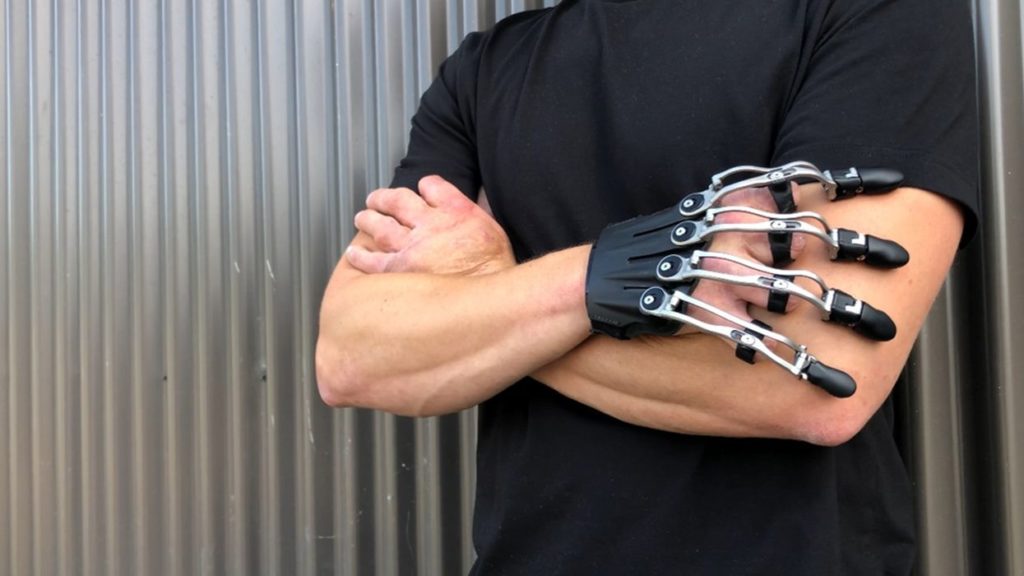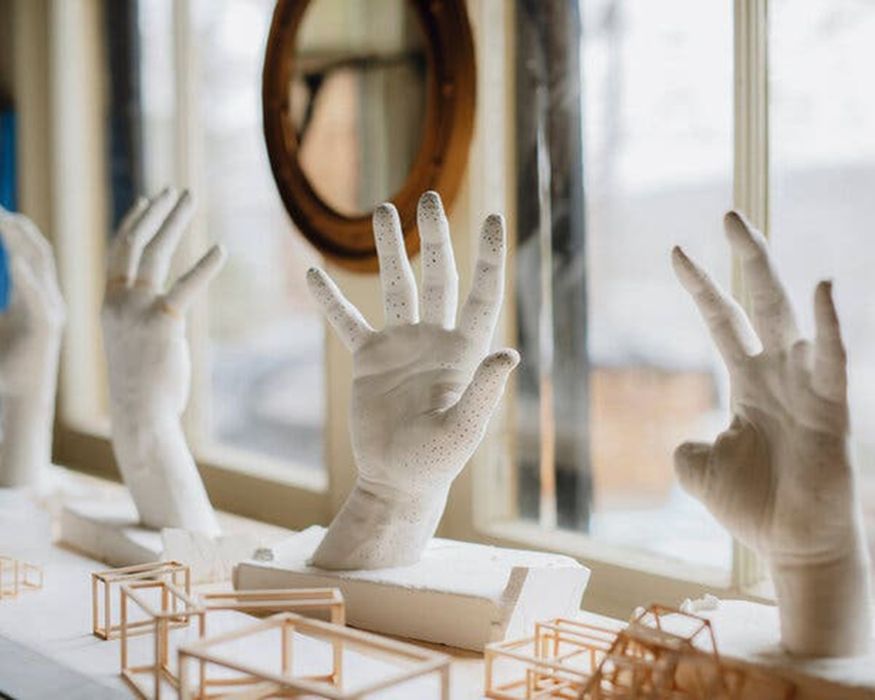
Charles R. Goulding and Preeti Sulibhavi look at a unique use of 3D printing for prosthetics.
The Sunday, January 16, 2022, New York Times (NYT) had a story about John Powers, a New York artist and sculptor, who severed multiple fingers in a table saw accident. Those who saw the movie, “For the Love of the Game,” remember a similar table saw accident where Bill Chapel a fictional major league baseball pitcher, played by Kevin Costner, cut his pitching arm. Just as Chapel’s love for baseball depended on his arm John Powers’ love and livelihood depends on his hands.

The NYT article describes the series of surgeries John Powers has endured. Since his accident, Powers has been working with artists on some creative finger alternatives and he uses his talent to send them casts of his own hands for creating prosthetics.

For engineering, Powers is working with a company called Naked Orthopedics (Naked), which uses 3D printing for a variety of finger prosthetics and was started by a man who also lost his fingers.

The human hand is a marvel of engineering and Naked has some amazing products that are presented on their website. With this article, we wanted to show some of Powers’ renowned artwork and the amazing work of Naked.
The Research & Development Tax Credit
The now permanent Research and Development (R&D) Tax Credit is available for companies developing new or improved products, processes and/or software.
3D printing can help boost a company’s R&D Tax Credits. Wages for technical employees creating, testing, and revising 3D printed prototypes can be included as a percentage of eligible time spent for the R&D Tax Credit. Similarly, when used as a method of improving a process, time spent integrating 3D printing hardware and software counts as an eligible activity. Lastly, when used for modeling and preproduction, the costs of filaments consumed during the development process may also be recovered.
Whether it is used for creating and testing prototypes or for final production, 3D printing is a great indicator that R&D Credit eligible activities are taking place. Companies implementing this technology at any point should consider taking advantage of R&D Tax Credits.
Conclusion
There are many lessons to be learned from how Powers has handled his situation. Currently, it is not surprising that 3D printing is playing a key role in improving outcomes for patients with prosthetic needs.
